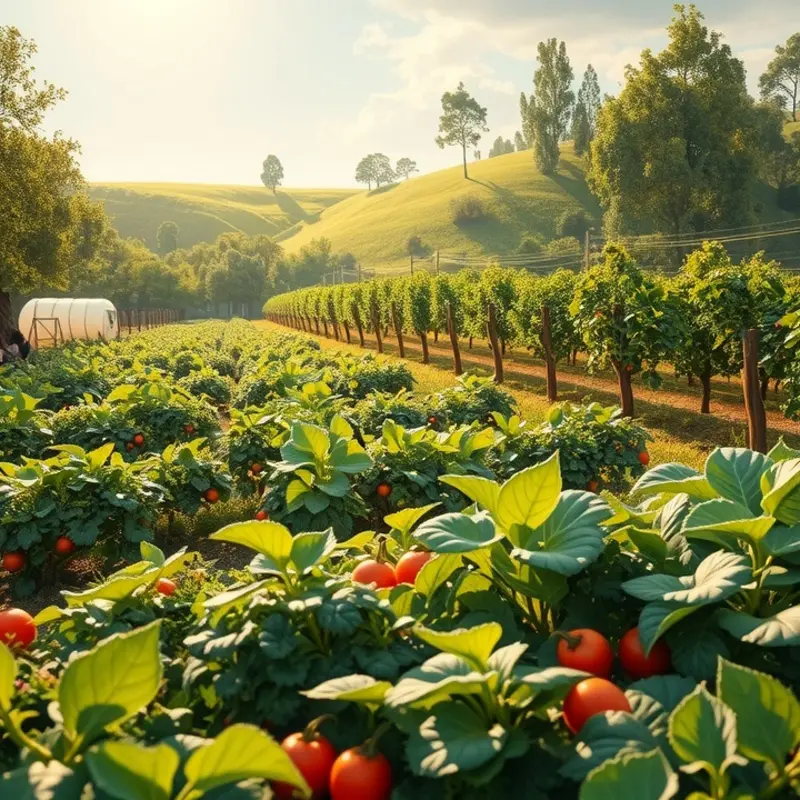Creating a delicious sauce is an art, but achieving the right consistency can often be challenging. Watery sauces are a common issue that can detract from even the most carefully prepared dishes. Whether you’re making a homemade pasta sauce, a rich gravy, or a tangy dressing, mastering sauce thickness is essential for delivering layers of flavor. Embrace these practical tips to ensure your sauces maintain the perfect balance and elevate all your meals.
Understanding Sauce Base and Liquid Balance

In crafting the ideal sauce, understanding the foundational elements is key. The base forms the backbone of any sauce and determines the ultimate texture, flavor, and consistency. There are primarily three types of sauce bases: stocks, reductions, and dairy. Each brings its own set of properties and interactions with other ingredients.
Stocks, made from simmering bones, vegetables, or meat, are rich in collagen which can help thicken a sauce as it cools. The gel-like texture of collagen means that adding stock to your sauce can create a luscious, thicker consistency without additional thickeners. However, too much stock can overpower the dish, emphasizing the importance of balance.
Reductions, achieved by simmering liquids until the excess water evaporates, are another popular base. This method intensifies flavors and increases viscosity. Achieving the right reduction requires patience; rushing the process can leave you with a sauce that’s either too thin or viscously thick.
Dairy bases, like cream or milk, lend a smooth texture and rich flavor to sauces. While delicious, they need careful handling to prevent curdling or becoming overly thick. The fat content in dairy can both pay dividends in flavor and present challenges in texture management.
Balancing liquid and solid ingredients is a delicate art. Solids like vegetables, meats, or aromatics not only enhance flavor but also aid in sauce body. Simmering these ingredients can release natural starches, subtly thickening your sauce. Therefore, the choice and ratio of solids to liquids can dictate the final outcome.
One vital ingredient in sauce-making is the thickener. Common thickeners include flour, cornstarch, and arrowroot. Each has unique characteristics; for instance, cornstarch provides a clear, glossy finish whereas flour gives a more opaque consistency. Understanding the properties of these thickeners will assist in reaching the desired consistency without altering taste.
A practical method for ensuring consistency is to create a roux—a mixture of fat and flour—that can seamlessly integrate into your base. Other options like a slurry of cornstarch and water added toward the end of cooking can adjust consistency without the heaviness of a roux.
Additionally, integrating ingredients that naturally thicken sauces, such as puréed vegetables or legumes, can boost flavor and texture without additional fat or starches. Learn more about cooking without added thickeners and gums.
Finding the right balance between these elements can transform a watery sauce into a perfectly cohesive and flavorful one. By understanding each component’s role, home cooks can master sauces that complement any dish, elevating a meal from simple to sublime.
Techniques to Thicken Your Sauce

Achieving the perfect consistency in your sauces can elevate any dish from mundane to extraordinary. For home cooks seeking to master their sauce repertoire, understanding how to thicken sauces effectively is crucial. Here, we delve into several methods, each offering a unique approach to achieving that desired luscious texture.
Reduction: One of the simplest and most flavor-intensifying methods is reduction. By simmering your sauce, you allow excess water to evaporate, concentrating both flavor and texture. Start by bringing your sauce to a gentle simmer over medium heat. Stir occasionally to prevent sticking. As the liquid reduces, the sauce will thicken naturally. The key is patience—rush the process, and you risk burning the sauce.
Starches: Incorporating starches is another popular approach. Cornstarch, flour, and arrowroot are commonly used to thicken. To avoid clumping, prepare a slurry by mixing equal parts cold water and starch before adding to the simmering sauce. Stir continuously until the sauce thickens. Each starch introduces a different texture; experiment to find the one that suits your taste.
Purees: For a wholesome and nutritious option, consider using purees. Vegetables such as potatoes, carrots, or even legumes can be cooked until soft, then pureed to blend seamlessly into your sauce. They not only add body but also contribute additional flavor. Puree the vegetables until smooth, then stir into the sauce over low heat, adjusting as necessary.
Emulsifiers: Emulsifying agents like egg yolks or butter introduce both thickness and a silky, smooth texture. For egg yolks, temper them first to prevent curdling. Whisk the yolks with a bit of hot sauce, then gradually incorporate back into the main batch while stirring constantly. With butter, simply whisk in cold cubes off the heat for a glossy finish.
Sacrificing texture for time is a common pitfall. Yet, understanding these methods empowers you to achieve balance. For more detailed cooking techniques, explore our guide on easy sauce simmering, which complements these thickening tips perfectly.
By mastering these techniques, you’ll have the foundation to create sauces that cling enticingly to pasta, drench a succulent roast, or bring out the subtle notes in a delicate fish dish. Experiment with these methods to discover your personal preference, and soon, watery sauces will be a thing of the past.
Final words
The key to preventing watery sauces and achieving the perfect consistency lies in understanding the fundamental principles of sauce making and employing effective thickening techniques. By carefully adjusting ingredients and following the tips provided, you can create sauces that complement your dishes beautifully. Practice makes perfect, so don’t hesitate to experiment and find the techniques that work best for you. Embrace these methods, and elevate your culinary skills to transform your sauces from mediocre to marvelous.







